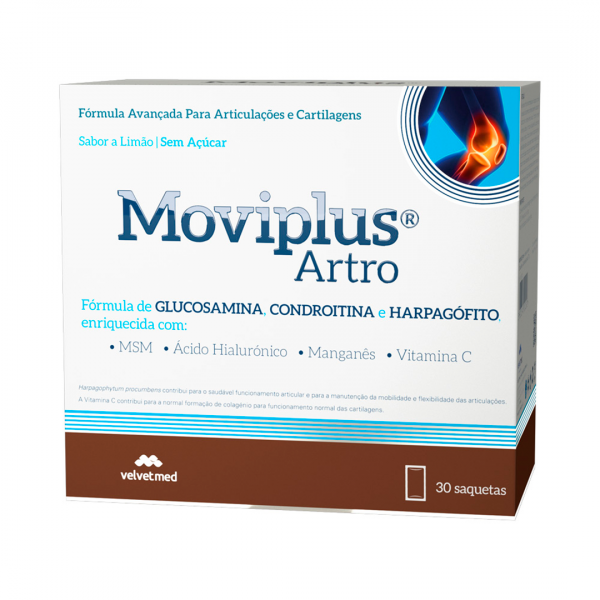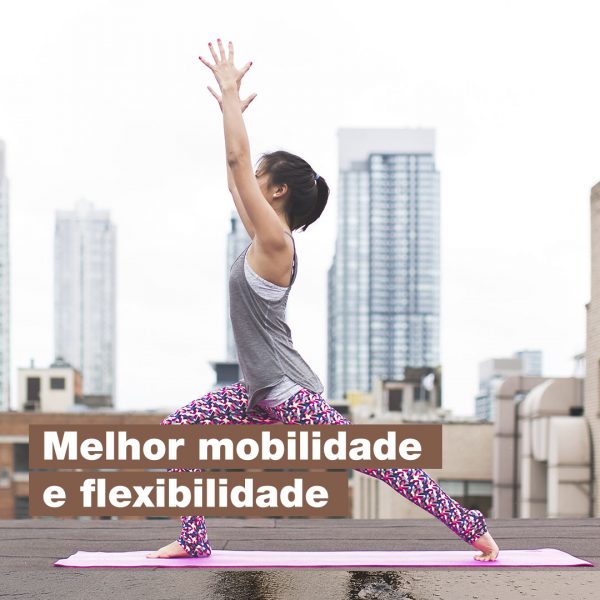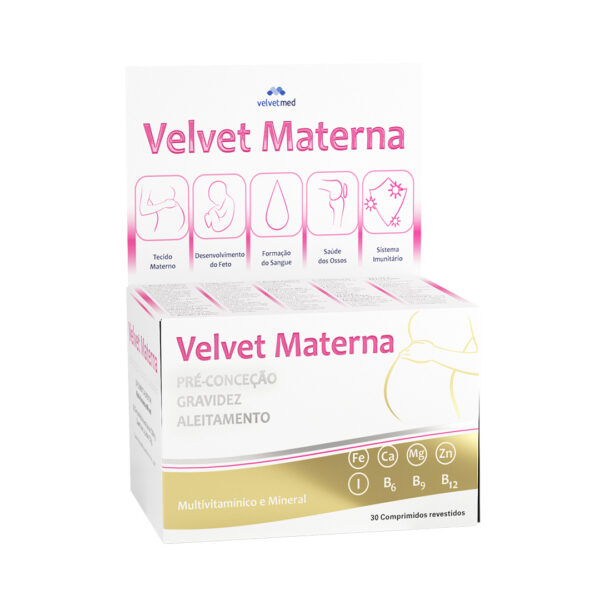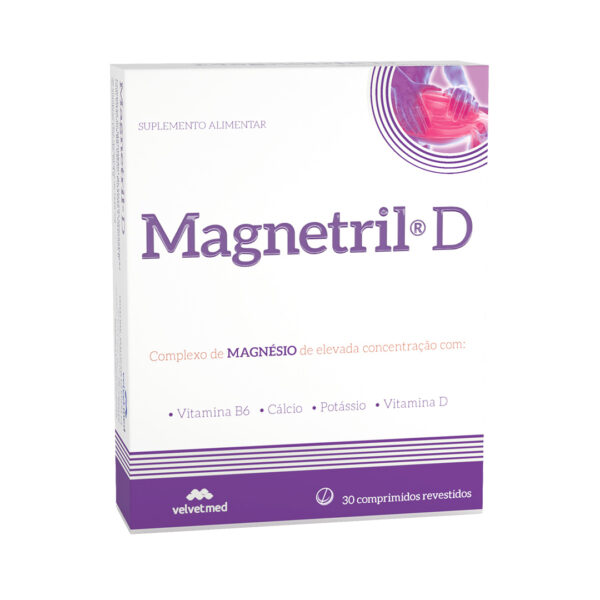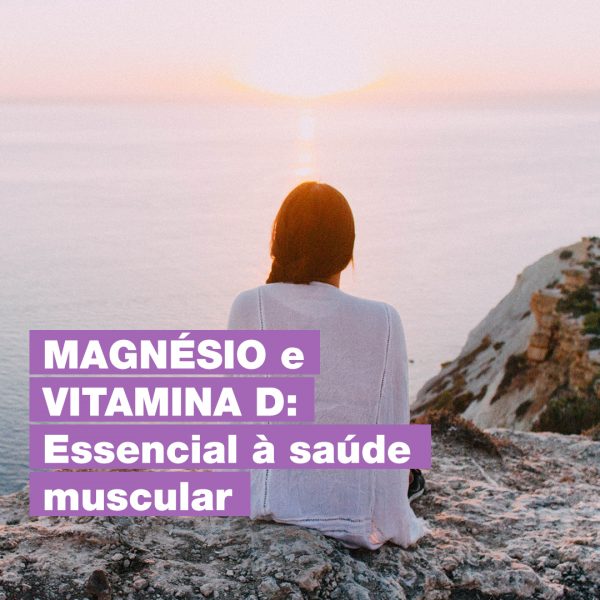Articulações
Sabia que o movimento exigido ao esqueleto não acontecia, se não houvesse entre os ossos, as articulações?
É um facto que os movimentos que realizamos todos os dias são promovidos pelos músculos. São eles que, de forma coordenada, puxam os ossos que constituem o nosso esqueleto e o encaminham na direção certa. Contudo, as articulações desempenham um papel fundamental na movimentação.
A maior parte das articulações proporcionam a cada um de nós a realização de amplos movimentos. Dessa forma, garantem a manipulação de objetos e a execução de movimentos variados, como andar, sentar ou correr.
Classificação
Joints are places of connection between two or more bones and can be classified according to the degree of mobility they provide:
- Immobile or synarthroses (e.g. joints between the different bones of the skull): fibrous joints, located between two bones, characterised by being inflexible.
- Semi-mobile or amphiarthrosis (ex: articulação da anca e coluna vertebral): articulações flexíveis e cartilaginosas que permitem algum movimento. Assim, evitam o desgaste excessivo e auxiliam o deslizamento de uns ossos sobre os outros em situações específicas, como o trabalho de parto.
- Mobile or diarthrosis (e.g. shoulder joint, knee and elbow): flexible joints, characterised by the presence of synovial bags, which contain the synovial fluid. This liquid contributes to the protection, nutrition and lubrication of the joint, facilitating its movements and allowing the cartilages to slide over each other without friction, and therefore without wear and tear.
Fatores Responsáveis Por Alterações Articulares
In Portugal, many of the reports of body pain are related to joint pain. There are several factors responsible for joint changes: (e.g. shoulder joint, knee and elbow): flexible joints, characterised by the presence of synovial bags, which contain the synovial fluid. This liquid contributes to the protection, nutrition and lubrication of the joint, facilitating its movements and allowing the cartilages to slide over each other without friction, and therefore without wear and tear.
- Age: à medida que envelhecemos o líquido sinovial vai diminuindo e as cartilagens vão ficando cada vez mais desgastadas pela fricção natural. Isto origina articulações mais rígidas e menos flexíveis.
- Overweight: greater joint wear caused by the extra weight to be borne.
- Sports: in the case of intense, regular, high-impact sporting activity such as running, the joints are the body part most affected.
- Overcharge: the joints are subject to greater wear and tear from the repetitive use of weights over time.
Prevenção
O primeiro passo, quando se fala no cuidado com as articulações, é uma clara aposta na prevenção. Uma alimentação saudável que permita um controlo do peso e a prática de atividade física, não só contribuem para a manutenção de articulações saudáveis, como também auxiliam no bom funcionamento do organismo. O exercício físico de baixo impacto, como a natação ou o ciclismo, fortalece os músculos ao redor da articulação e diminui a pressão sobre os próprios ossos. Assim, para além de proteger as articulações, ajuda a controlar o excesso de peso, melhorar o equilíbrio, a coordenação motora e a força muscular.
Suplementação
No entanto, e por diversas exigências do nosso quotidiano, nem sempre é fácil podermos ter uma alimentação saudável ou mesmo a prática de atividade física. Como tal, cada vez mais a suplementação alimentar se apresenta como uma fonte importante, para que o nosso organismo possa obter nas quantidades desejadas, todas as substâncias necessárias a uma boa saúde articular. Atualmente no mercado, existem fórmulas avançadas para articulações e cartilagens, com composições ricas em glucosamina, condroitina, harpagófito e metilsulfonilmetano, entre outros componentes. Estes promovem uma melhoria na mobilidade e flexibilidade articular.
Por último, cuidar das articulações assume uma importância muito significativa na qualidade da vida das pessoas. Aposte na prevenção e fortaleça as suas cartilagens e a saúde articular.
Olhe por si, pela sua saúde e ESCOLHA UMA VIDA MAIS SAUDÁVEL! Para mais informações, clique here.
Velvet Med Products
MOVIPLUS ARTRO – Articulações e Cartilagens
Information:
- Maintenance of joint and bone health
- Combate à degeneração das cartilagens
- Lesões desportistas
VELVET MATERNA
Information:
- Pre-conception
- Pregnancy
- Nursing
MAGNETRIL D – Cansaço, Fadiga e Cãibras Musculares
Information:
- Tiredness and lack of energy
- Fatigue and muscle cramps
- Maintenance of healthy bones and teeth
- Magnesium deficiency
- Sports activities



